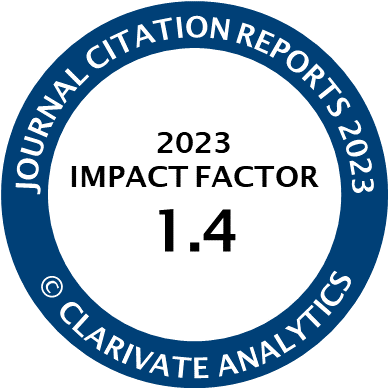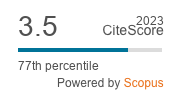Article | Open Access
Digital Clients: An Example of People Production in Social Work
| Views: | 3949 | | | Downloads: | 2421 |
Abstract: Digital work has become part of social workers’ daily routines in countries where digitalisation is on the agenda. As a consequence, documentation practices are expanding—on paper as well as digitally—and include reporting detailed statistics about client interventions, filling in digital forms, and fulfilling local and national performance measurement goals. Standardised formulas with tick-box answers, fed into databases by the social worker, are examples of this digital endeavour. One example is the Addiction Severity Index (ASI), a questionnaire for estimating the client´s life situation and needs, used in addiction care. However, difficulties in making the social workers use the results of the standardised questionnaire in social work investigations, where a storied form is traditionally preferred, have made social workers reluctant to use them. To encourage the use of the ASI, a software program was invented to transform the binary data from the questionnaire into a computerised storyline, imitating the storied form. The aim of this article is to describe the context of the digital storyline production and to analyse the particular type of “digital client” it creates. Possible consequences are discussed, such as the absent (or distorted) client voice. It is proposed that documentation systems, in whatever form, should not be regarded as neutral carriers of information, but must be analysed for how clients are (re)presented and, ultimately, how social work is consctructed.
Keywords: digital storytelling; digitalisation; documentation practices; narrative; people production; social work practice; standardisation
Published:
Issue:
Vol 7, No 1 (2019): “Producing People” in Documents and Meetings in Human Service Organizations
© Elizabeth Martinell Barfoed. This is an open access article distributed under the terms of the Creative Commons Attribution 4.0 license (http://creativecommons.org/licenses/by/4.0), which permits any use, distribution, and reproduction of the work without further permission provided the original author(s) and source are credited.




